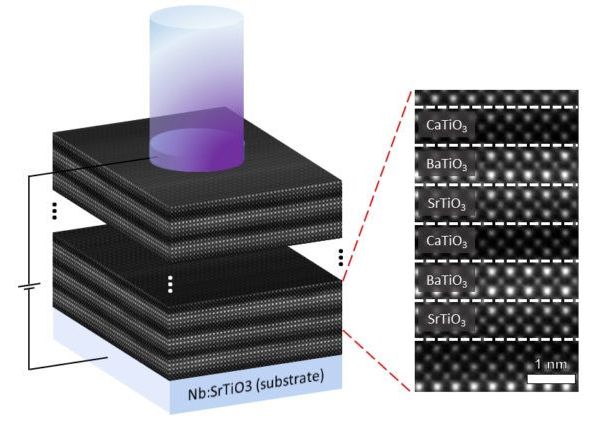German researchers developed a lattice arrangement of three different layers of ferroelectric crystals that created a powerful photovoltaic effect.
Combining ultra-thin layers of different materials can raise the photovoltaic effect of solar cells by a factor of 1,000 according to researchers at Martin Luther University Halle-Wittenberg (MLU) in Germany.
Their findings, published in the journal “Science Advances,” described a lattice arrangement of three different layers of ferroelectric crystals (in this case, of barium titanate, strontium titanate, and calcium titanate) that created a powerful solar energy producing effect.
Ferroelectric means that the material has spatially separated positive and negative charges. The charge separation leads to an asymmetric structure that enables electricity to be generated from light.
